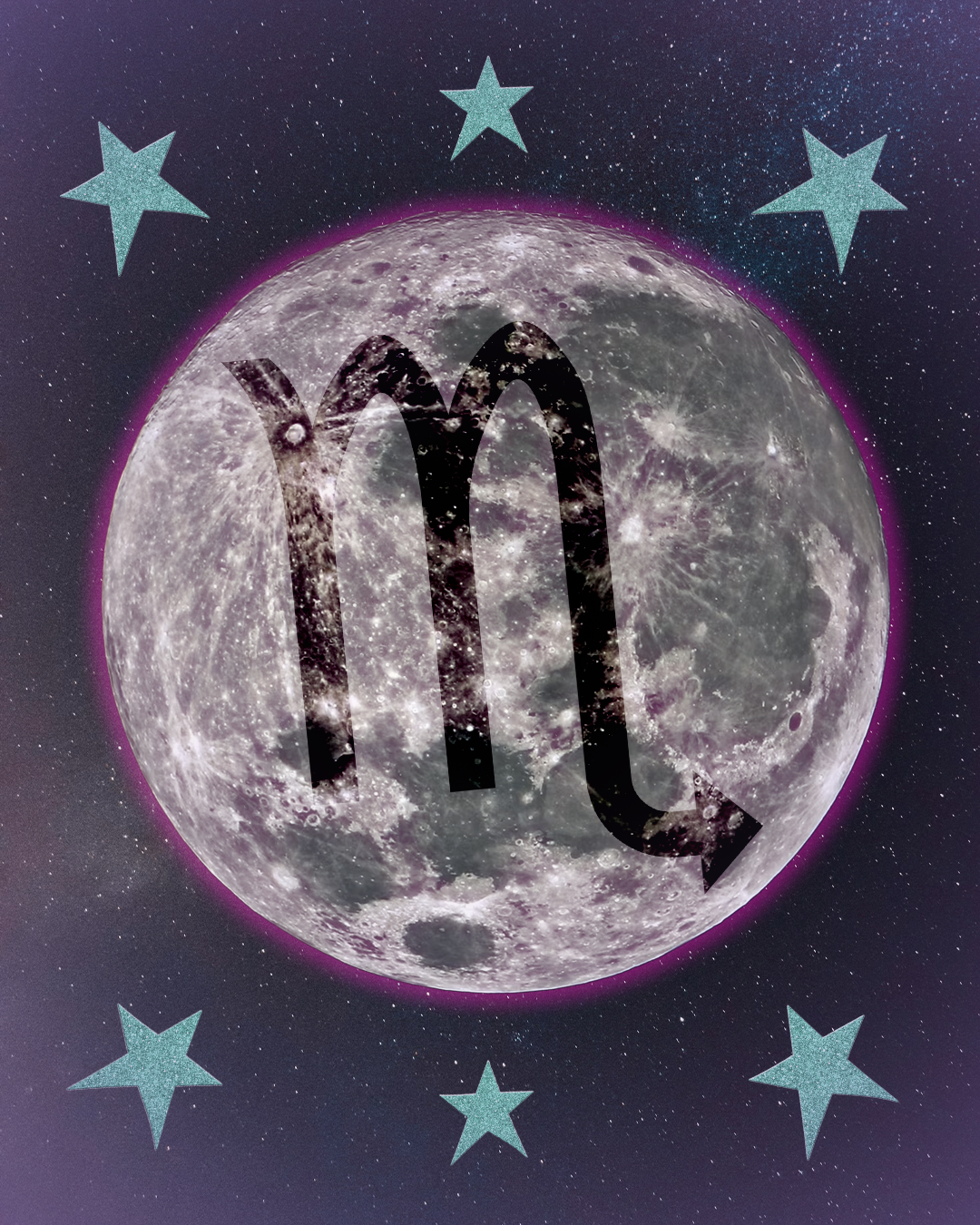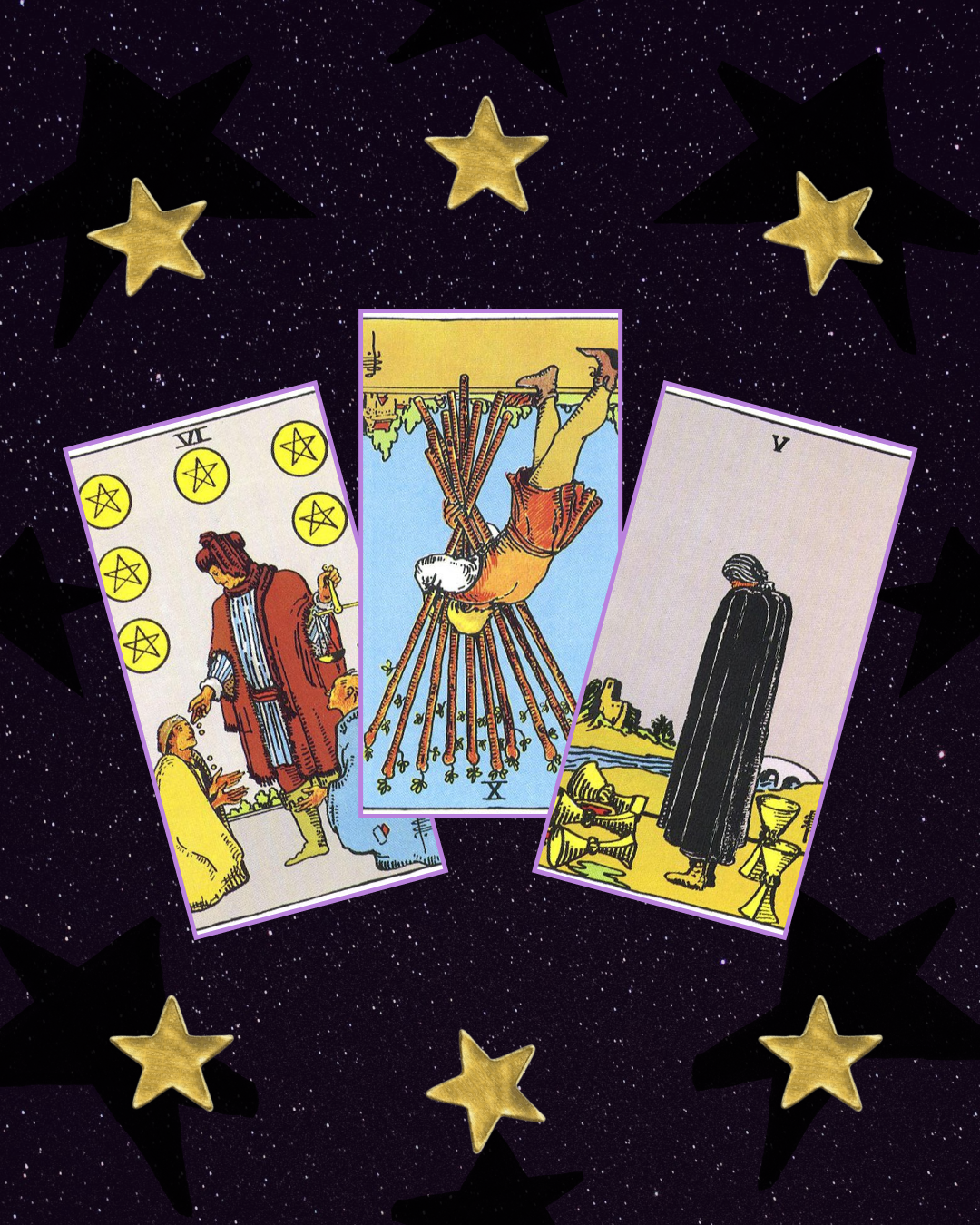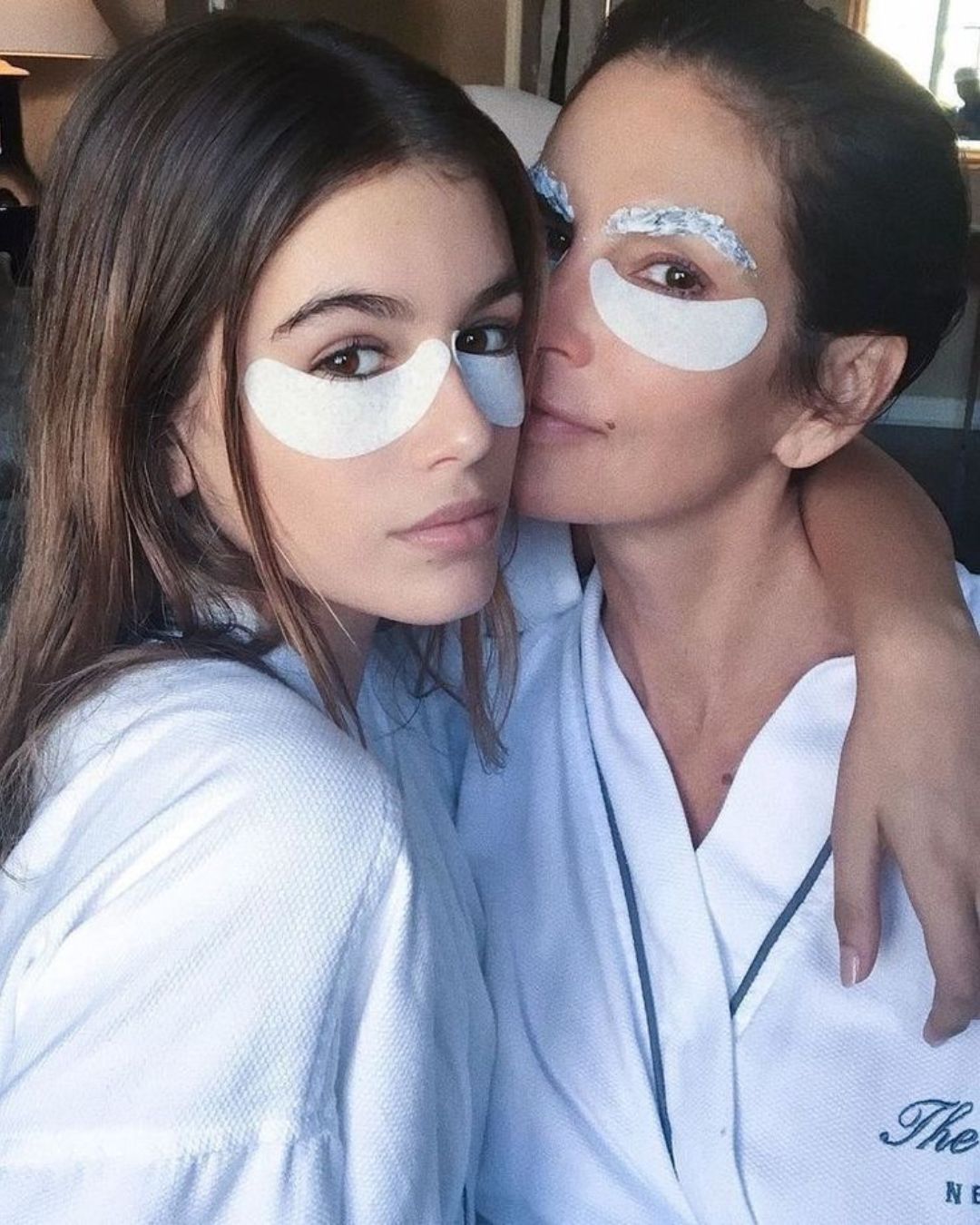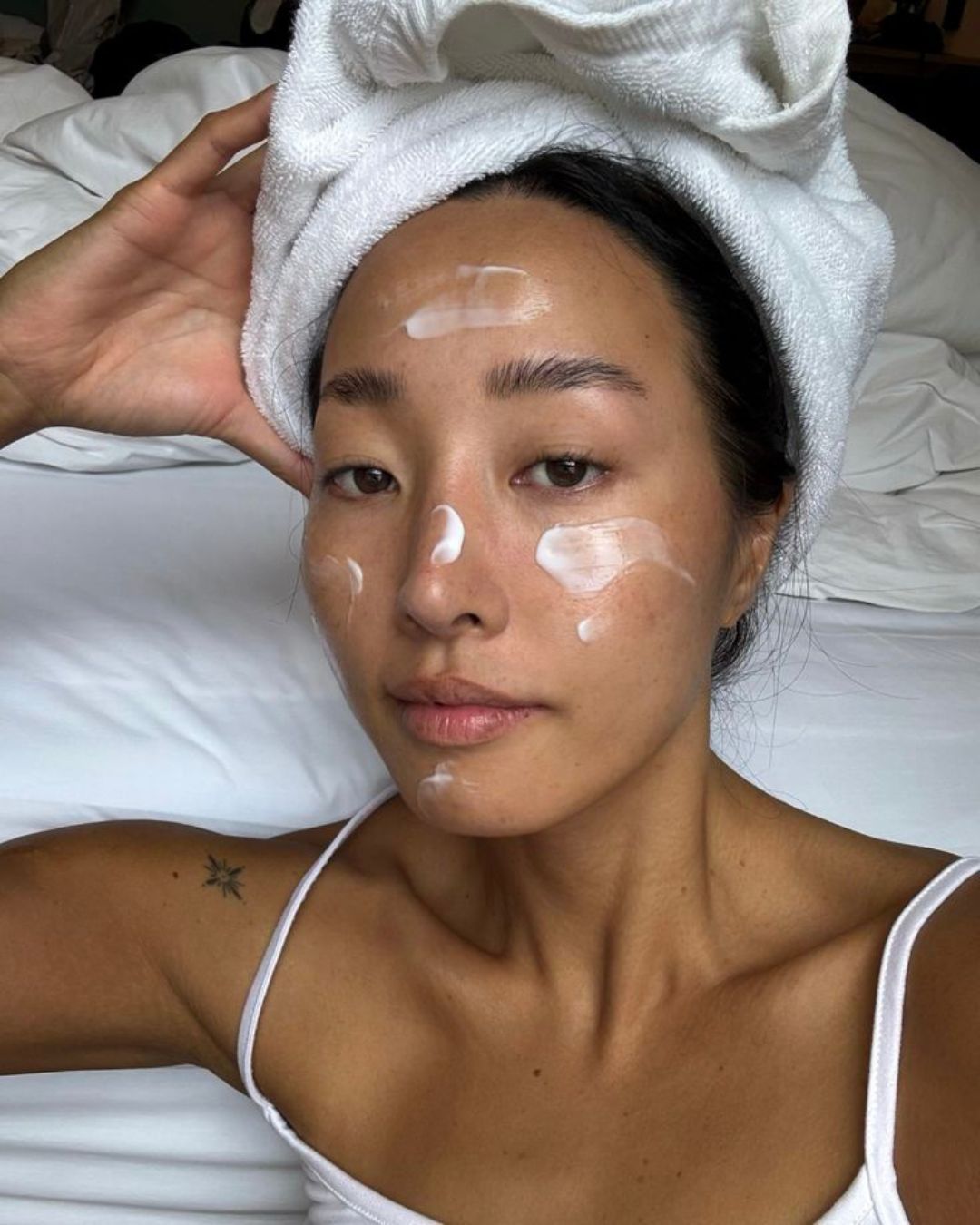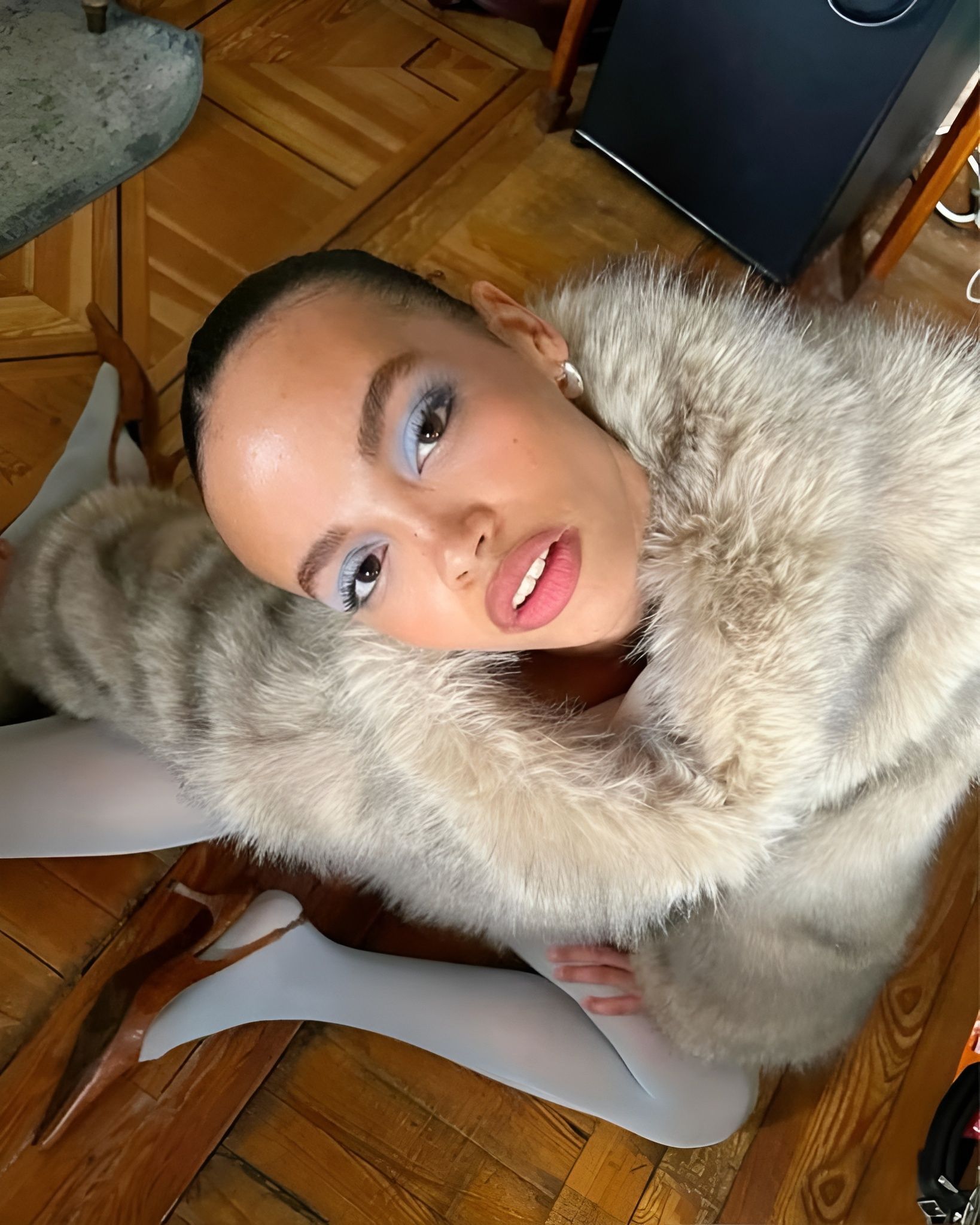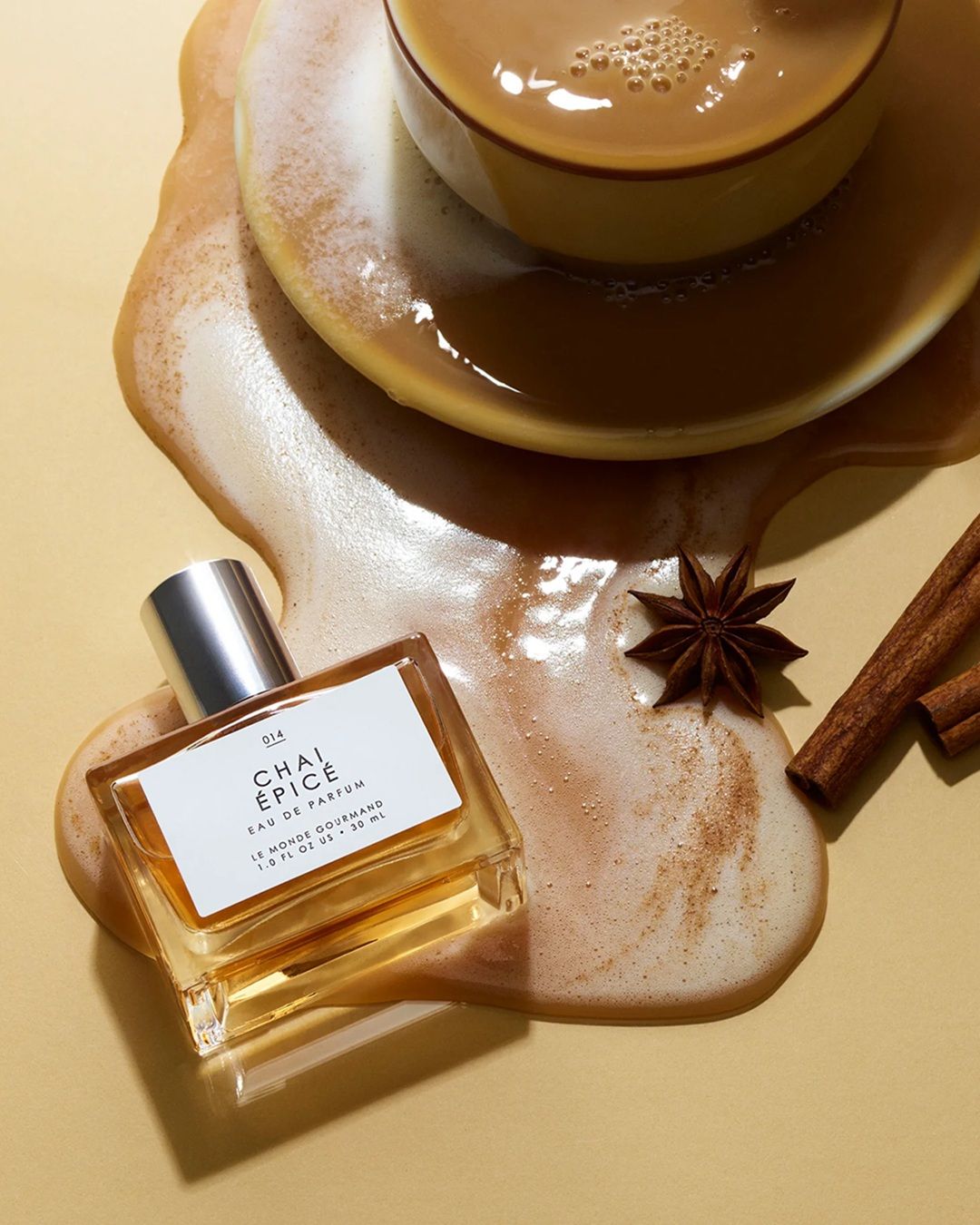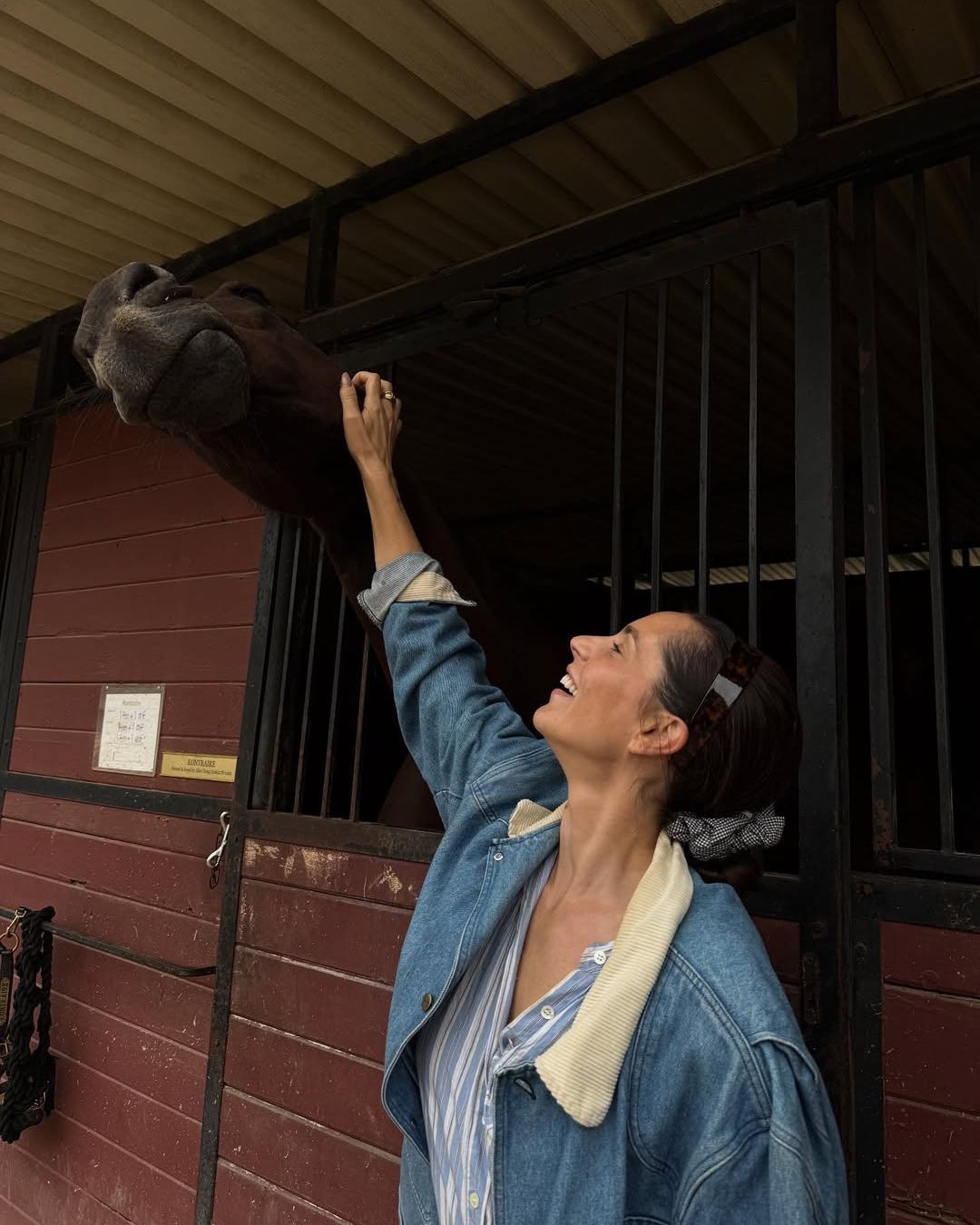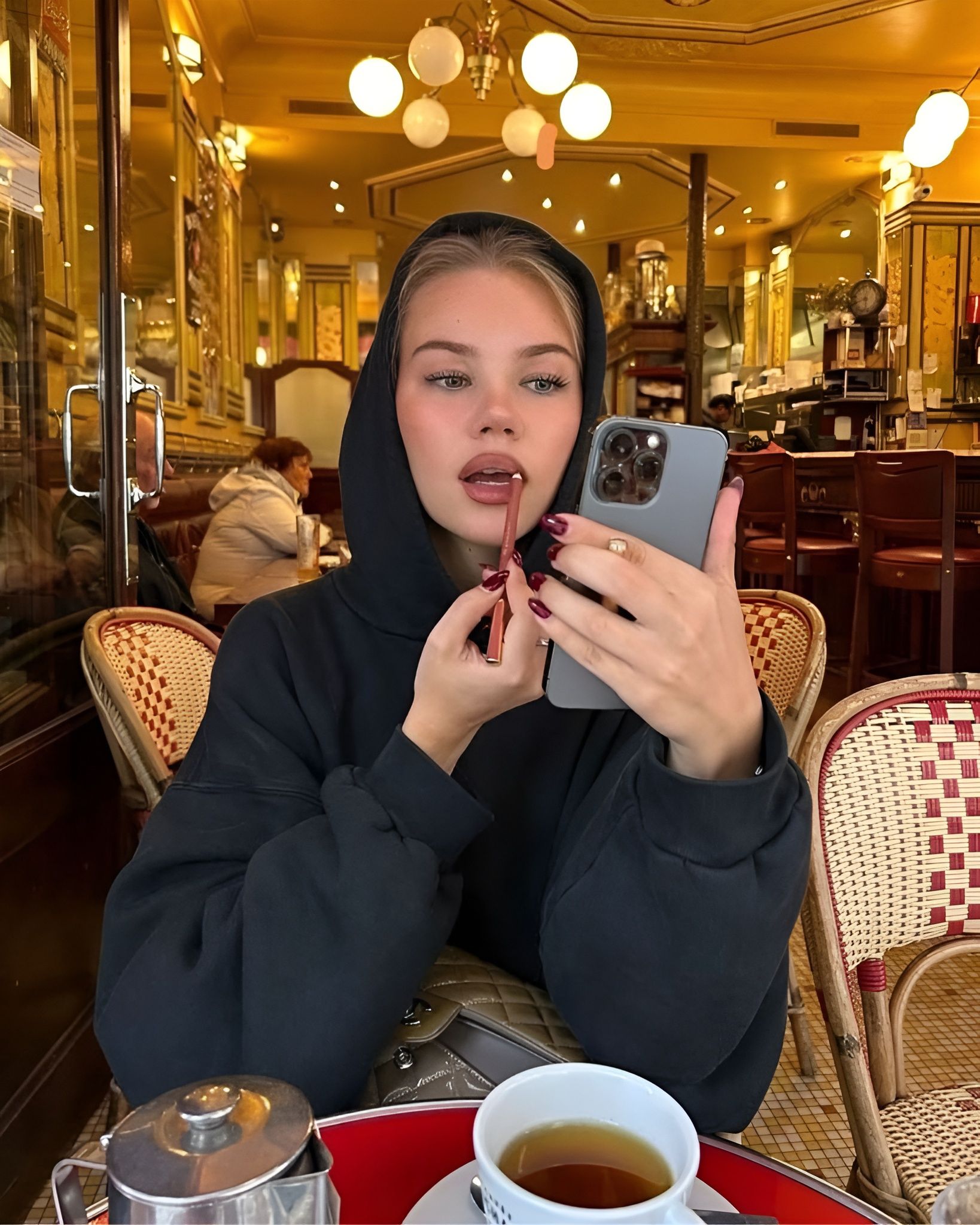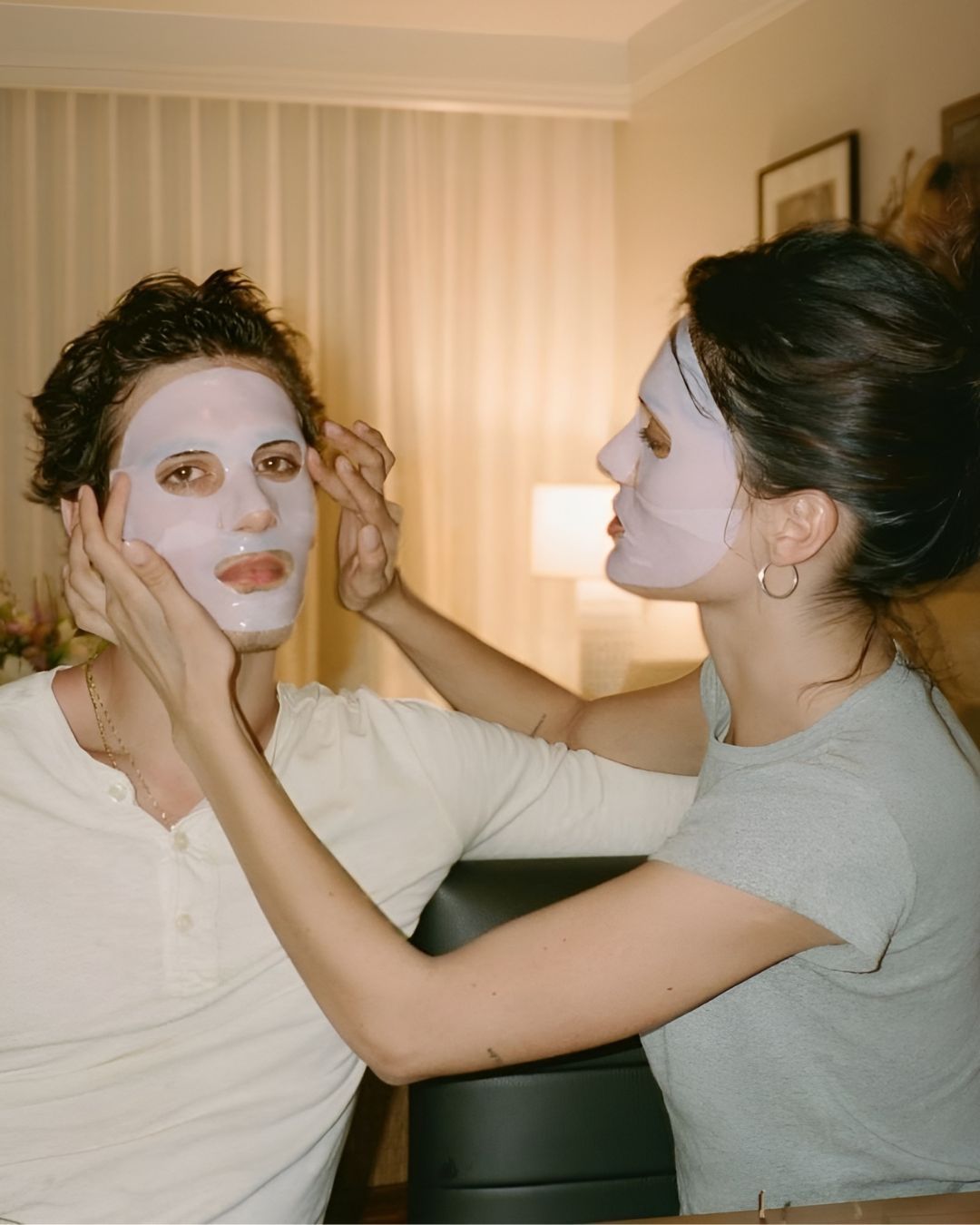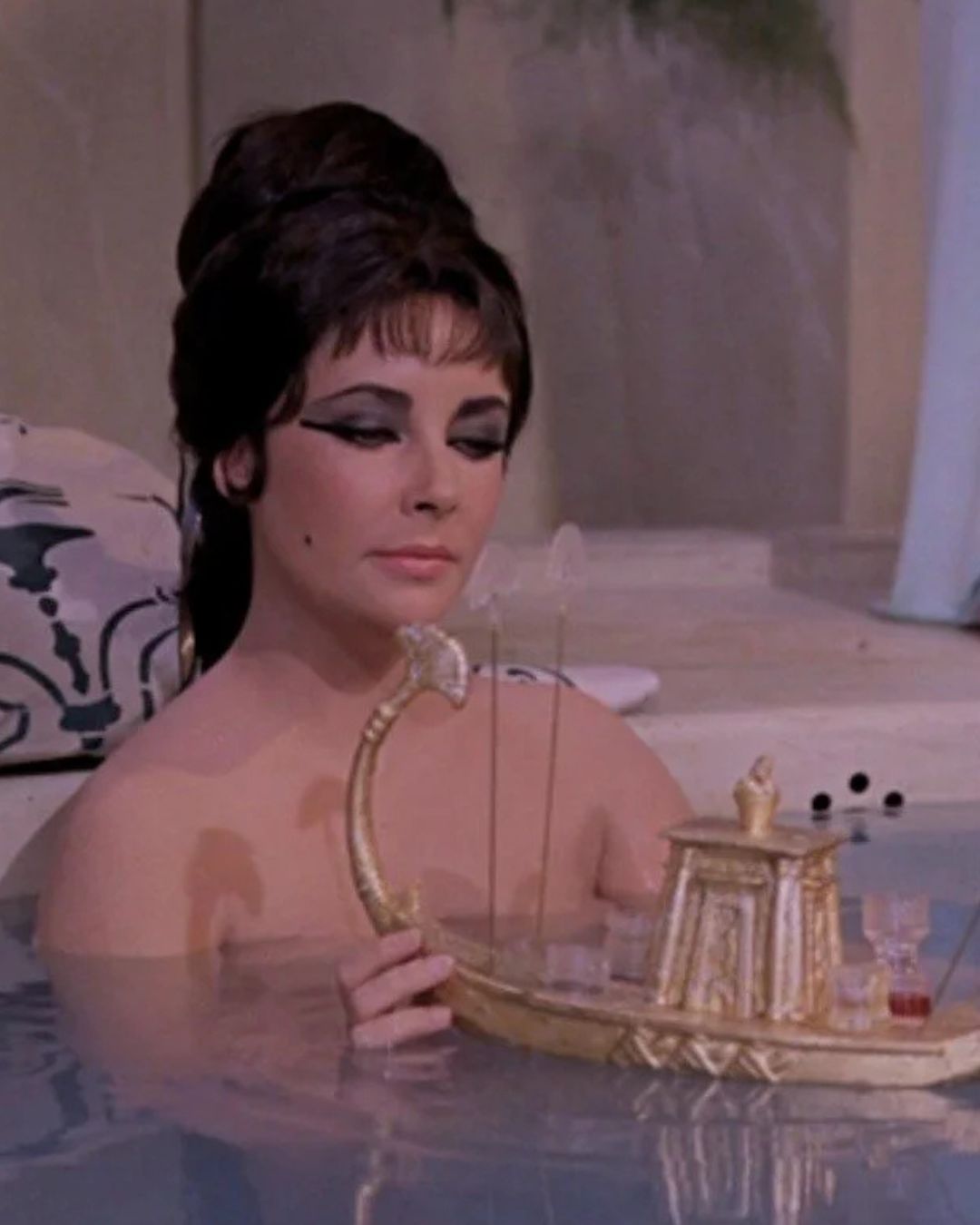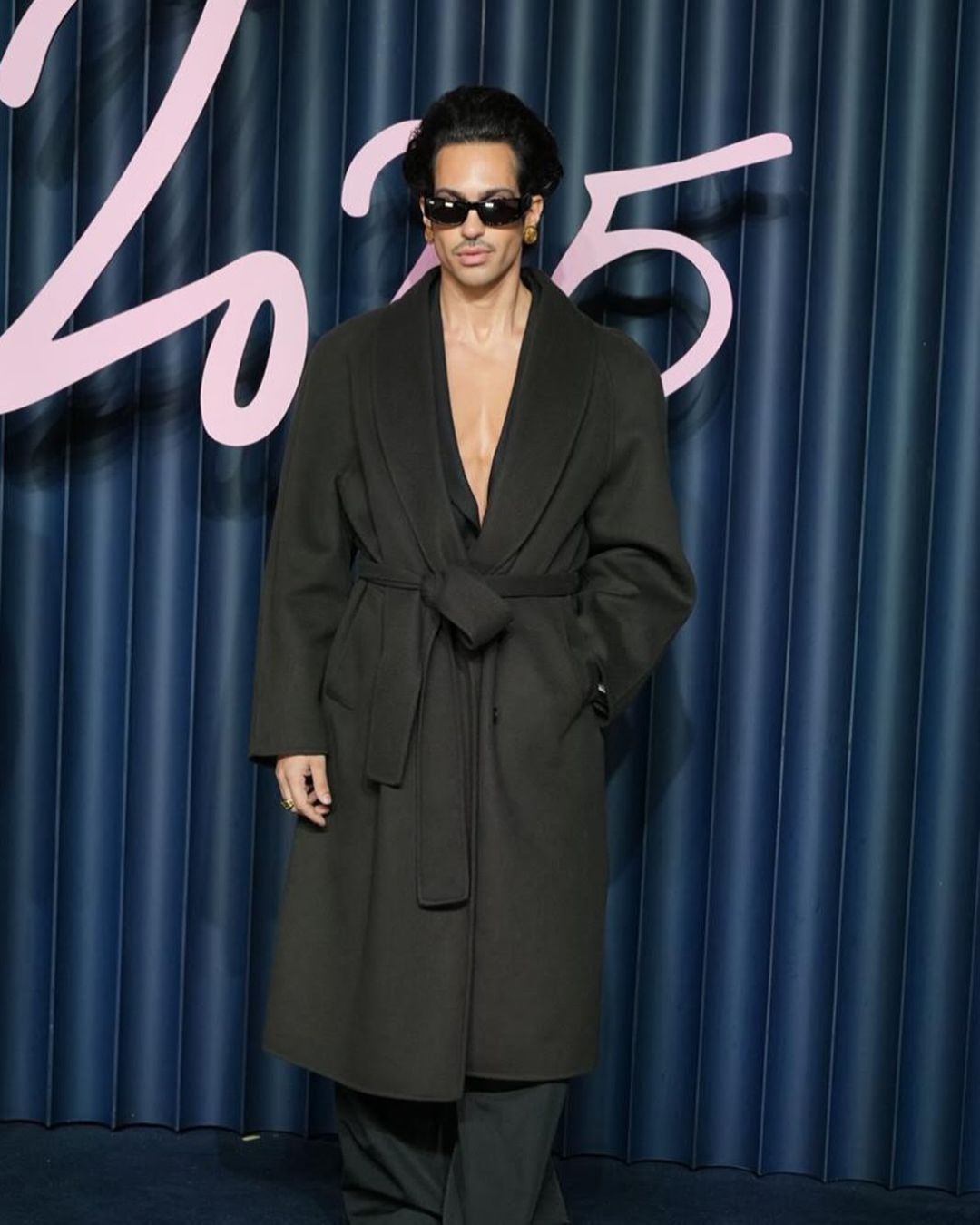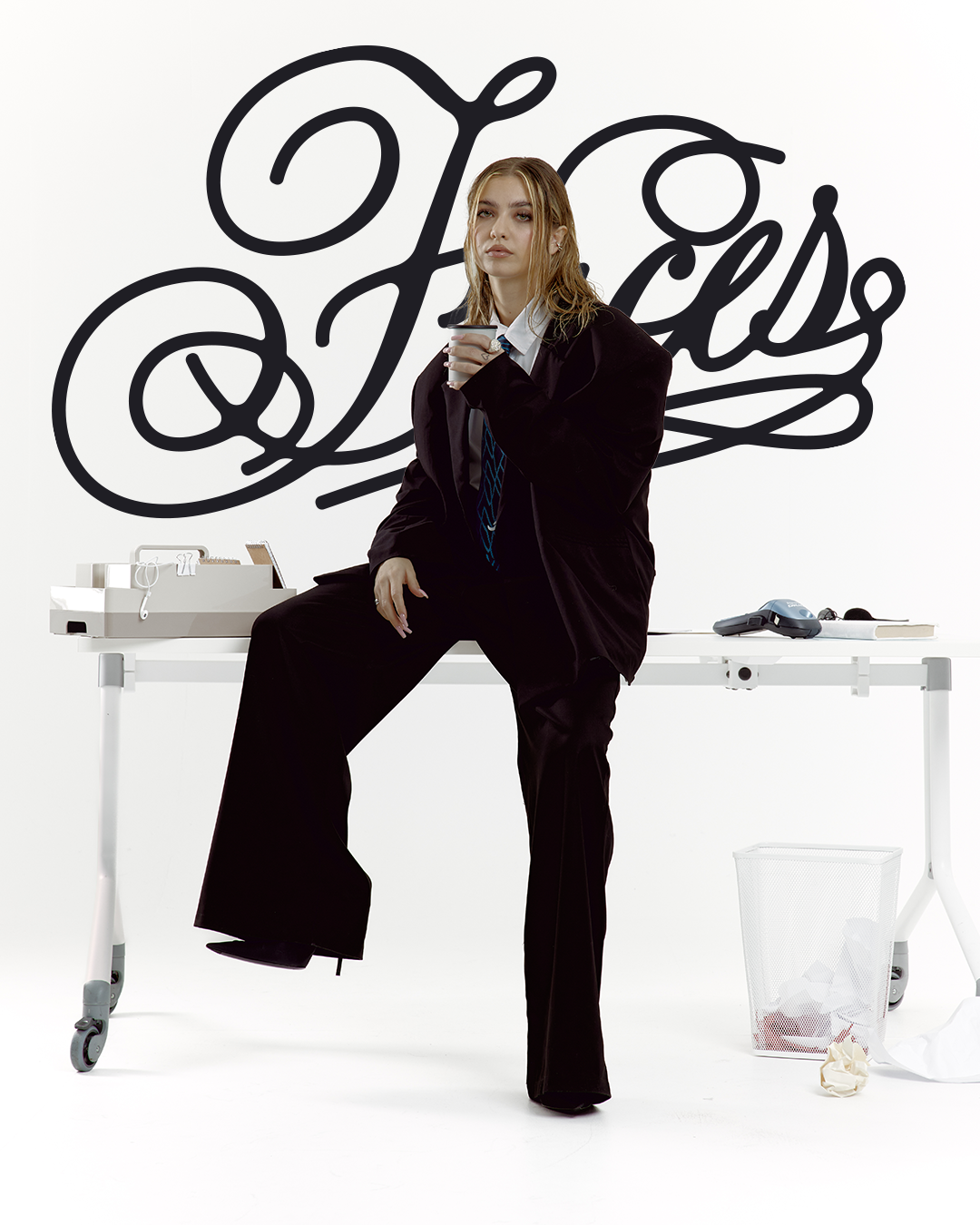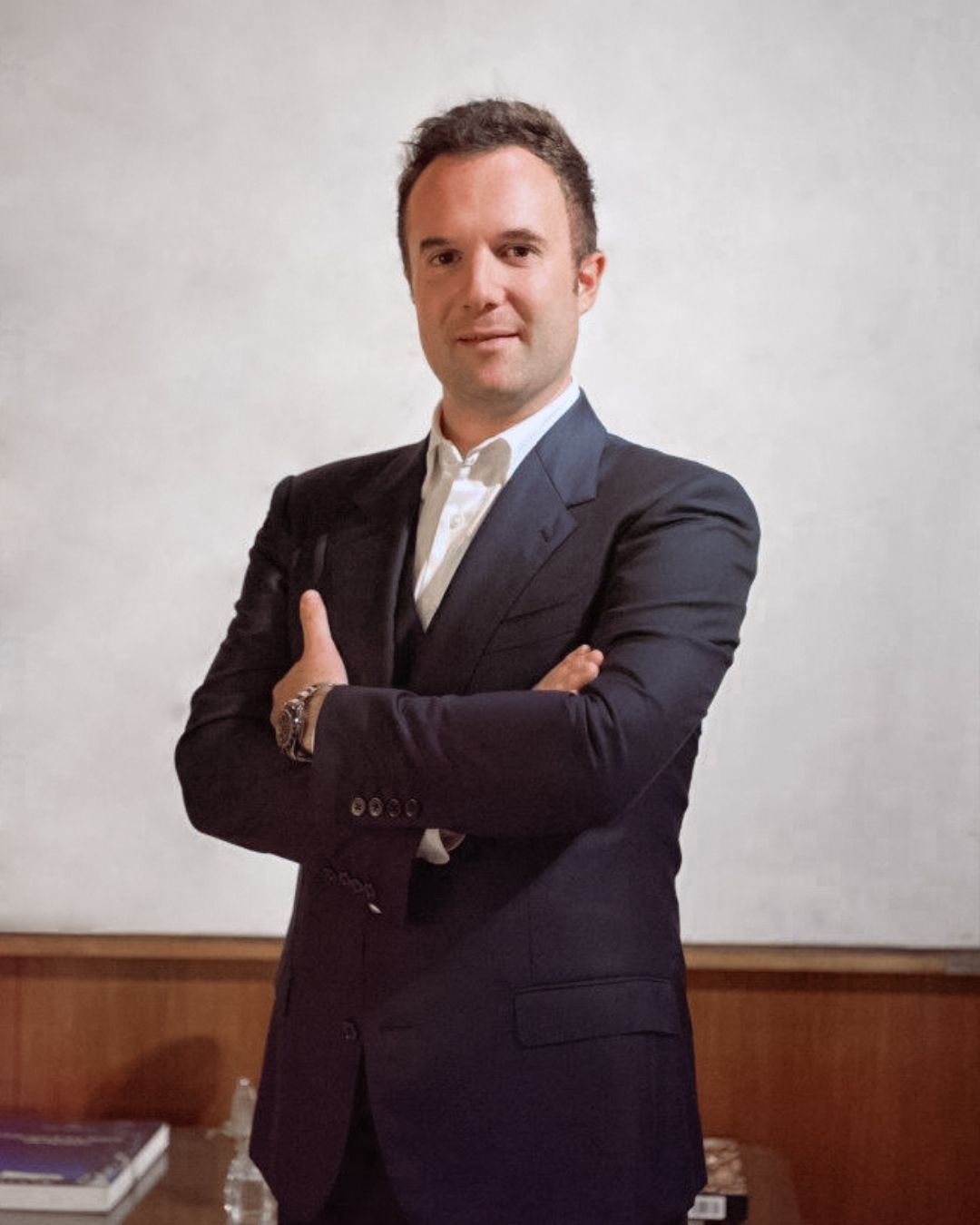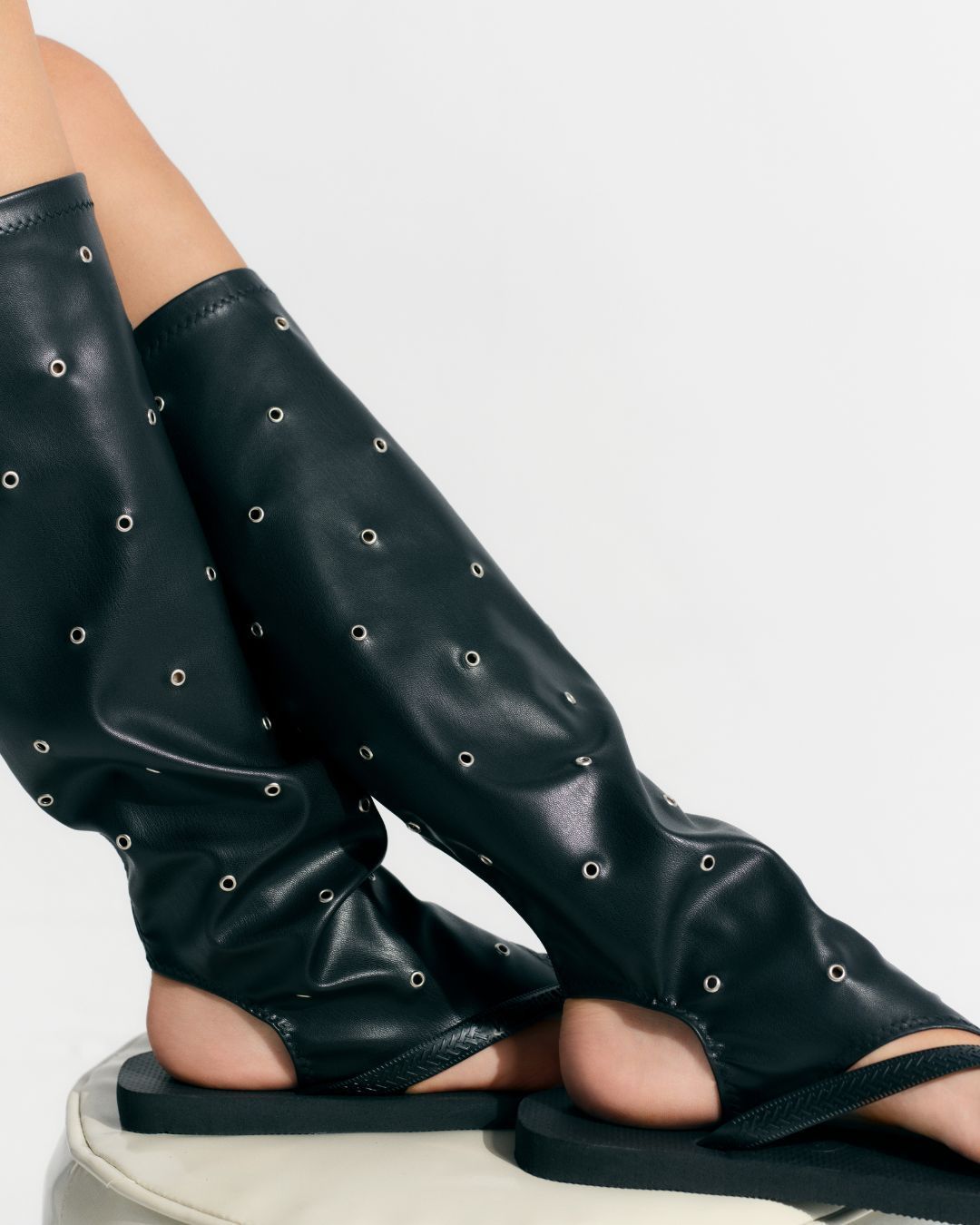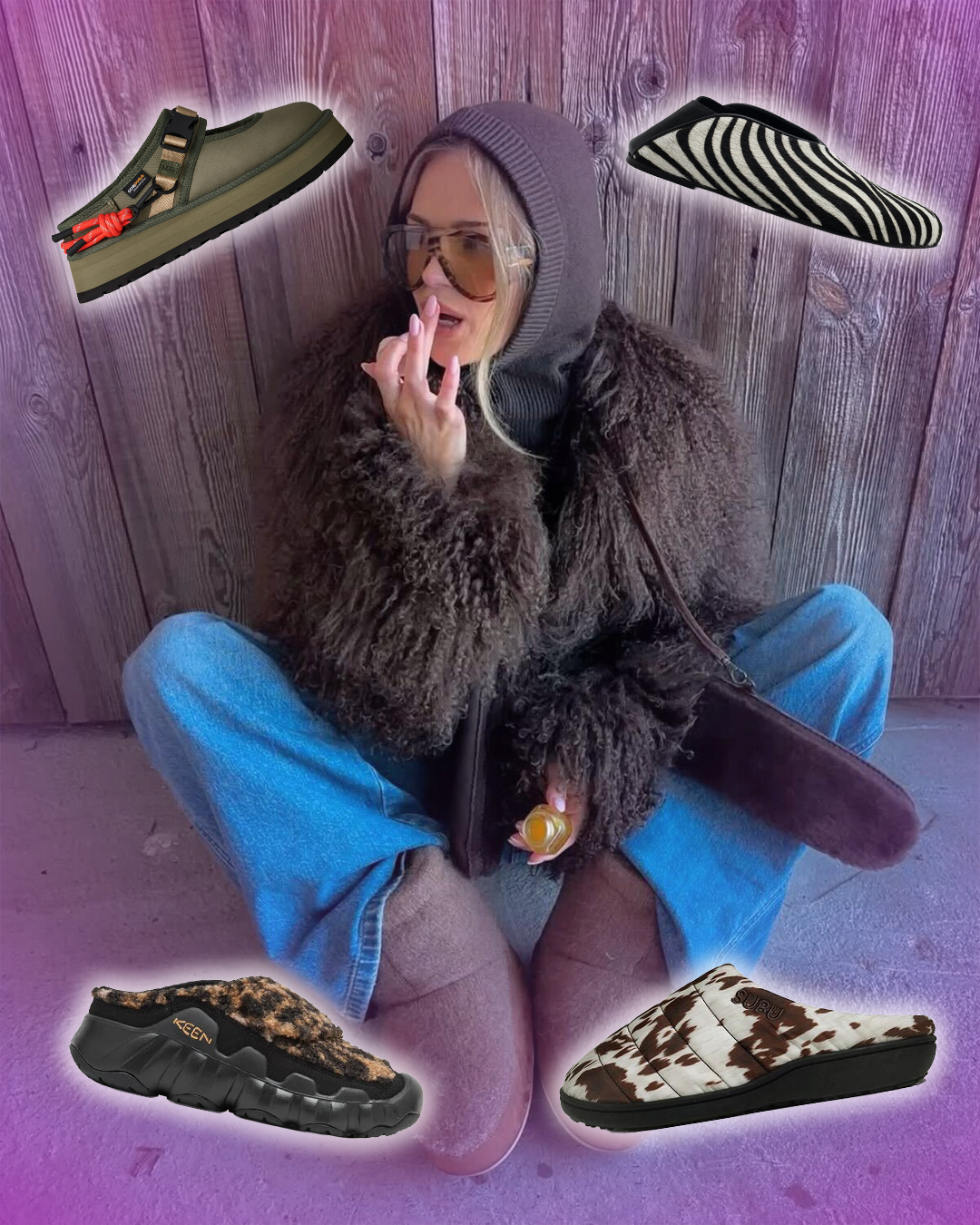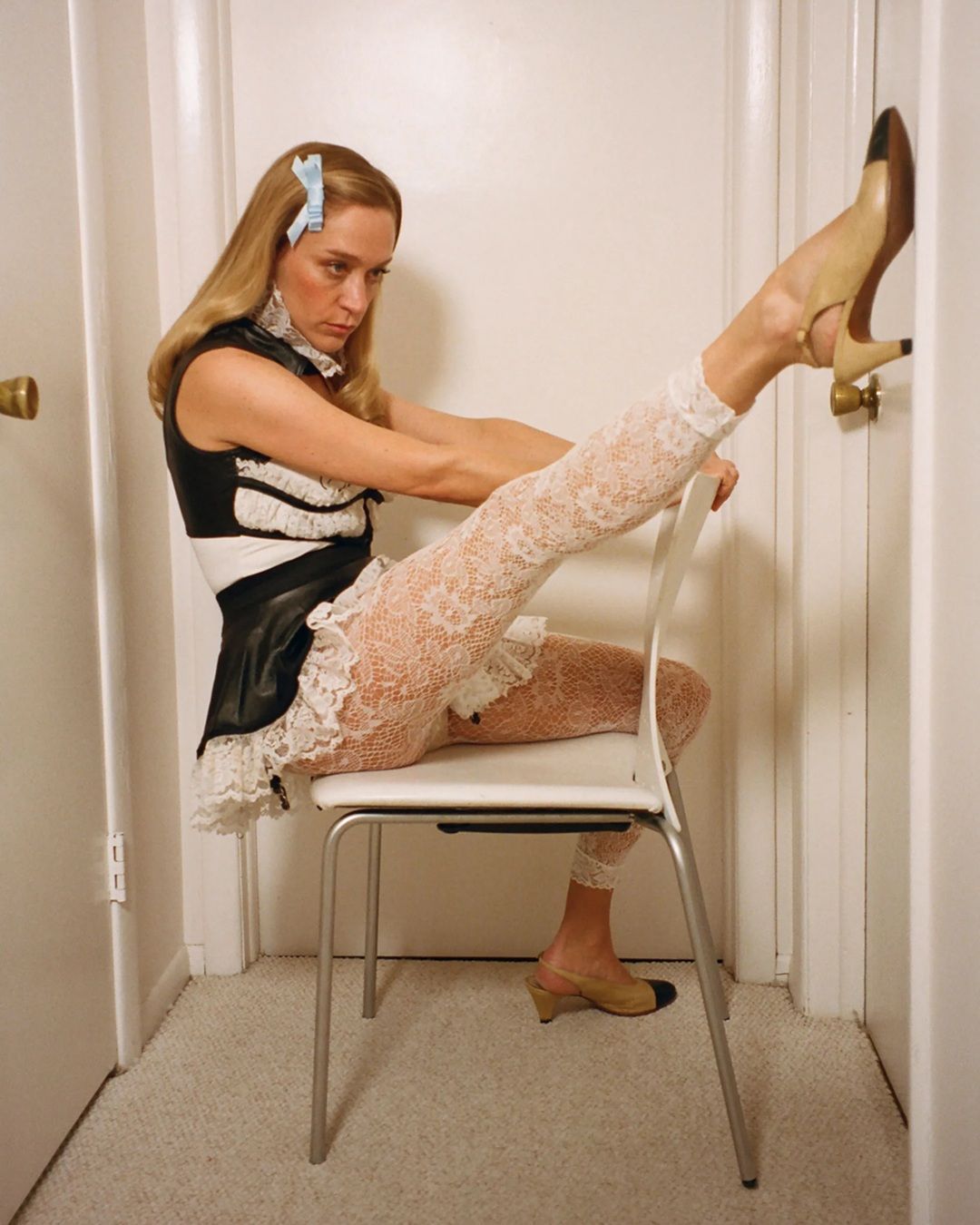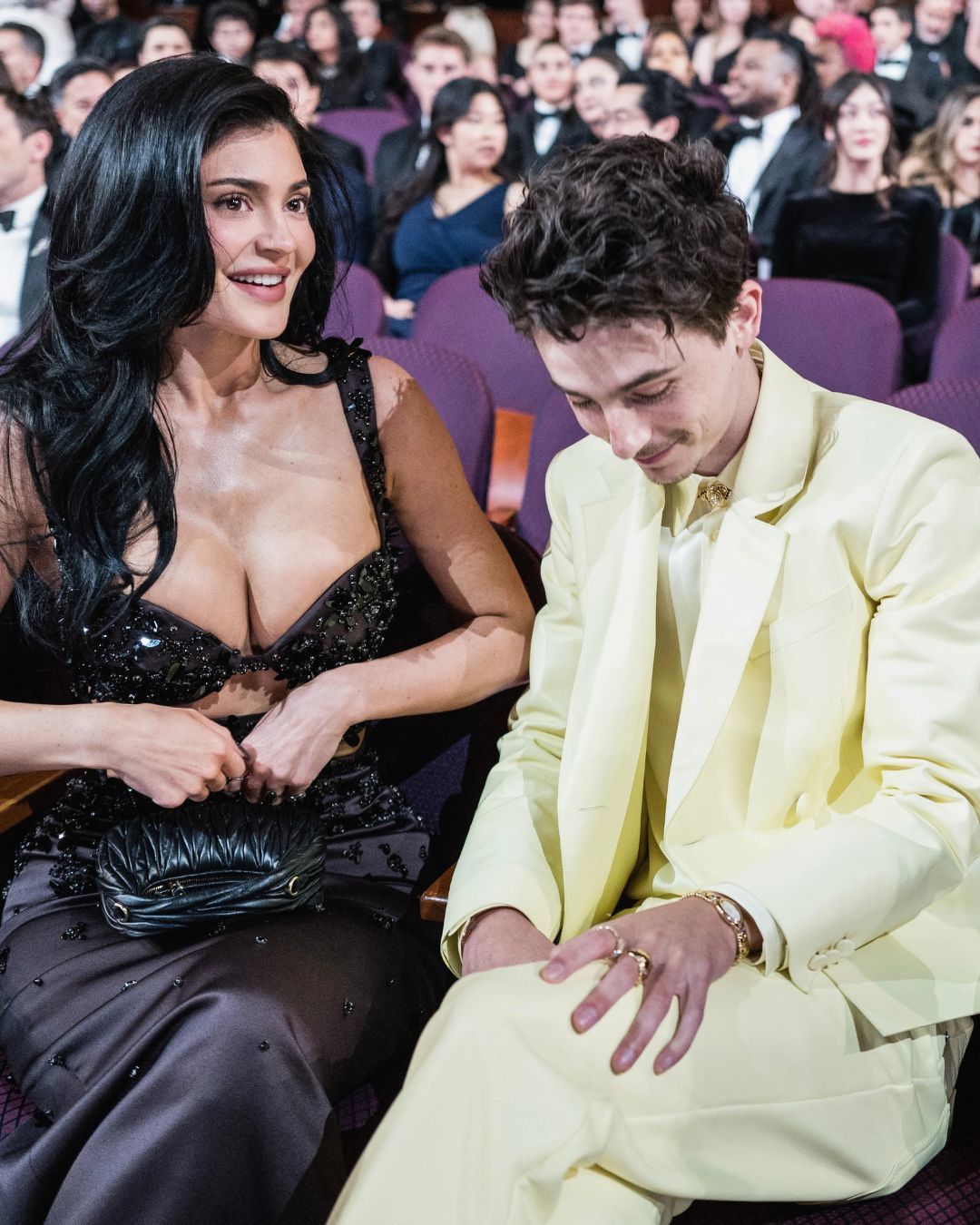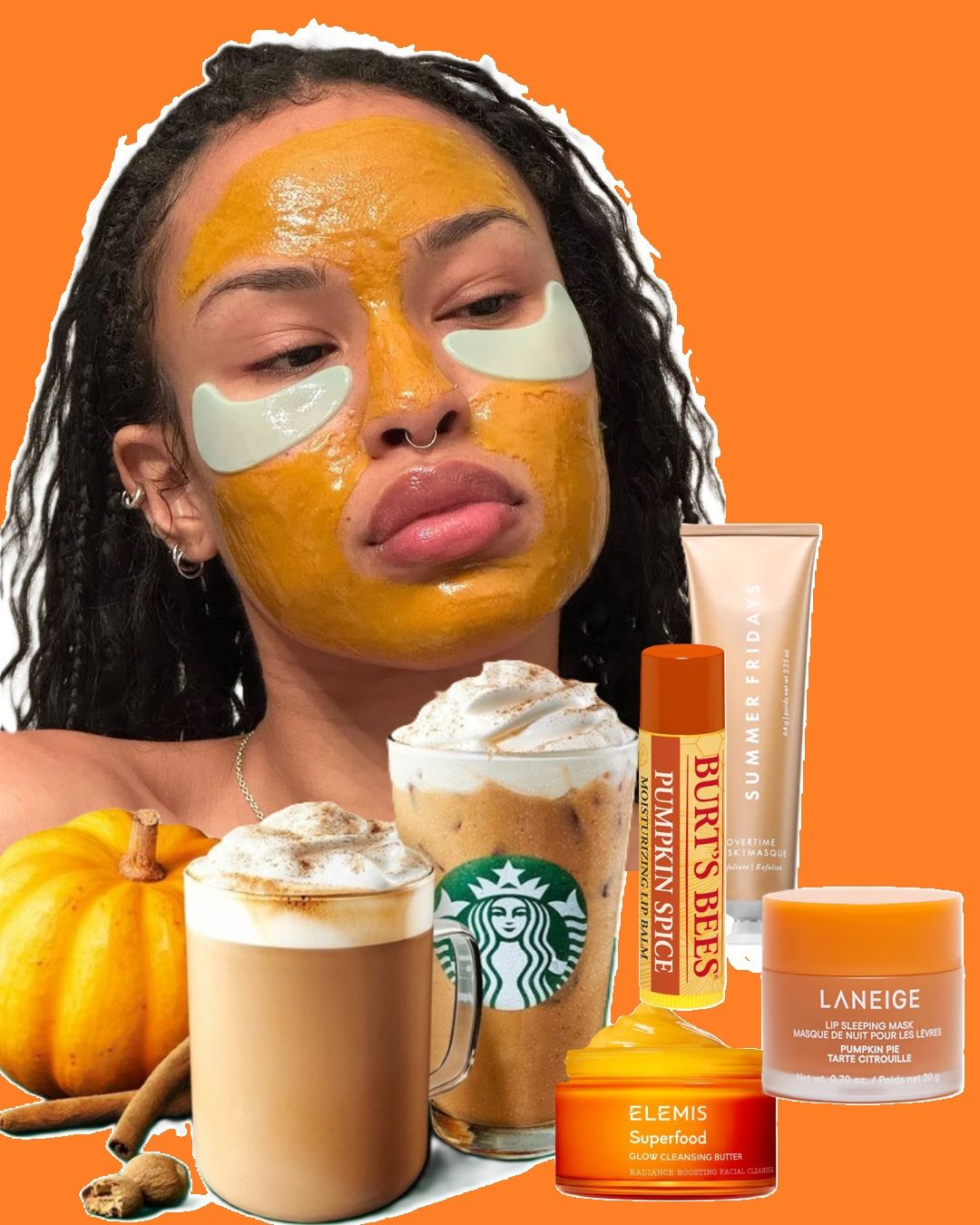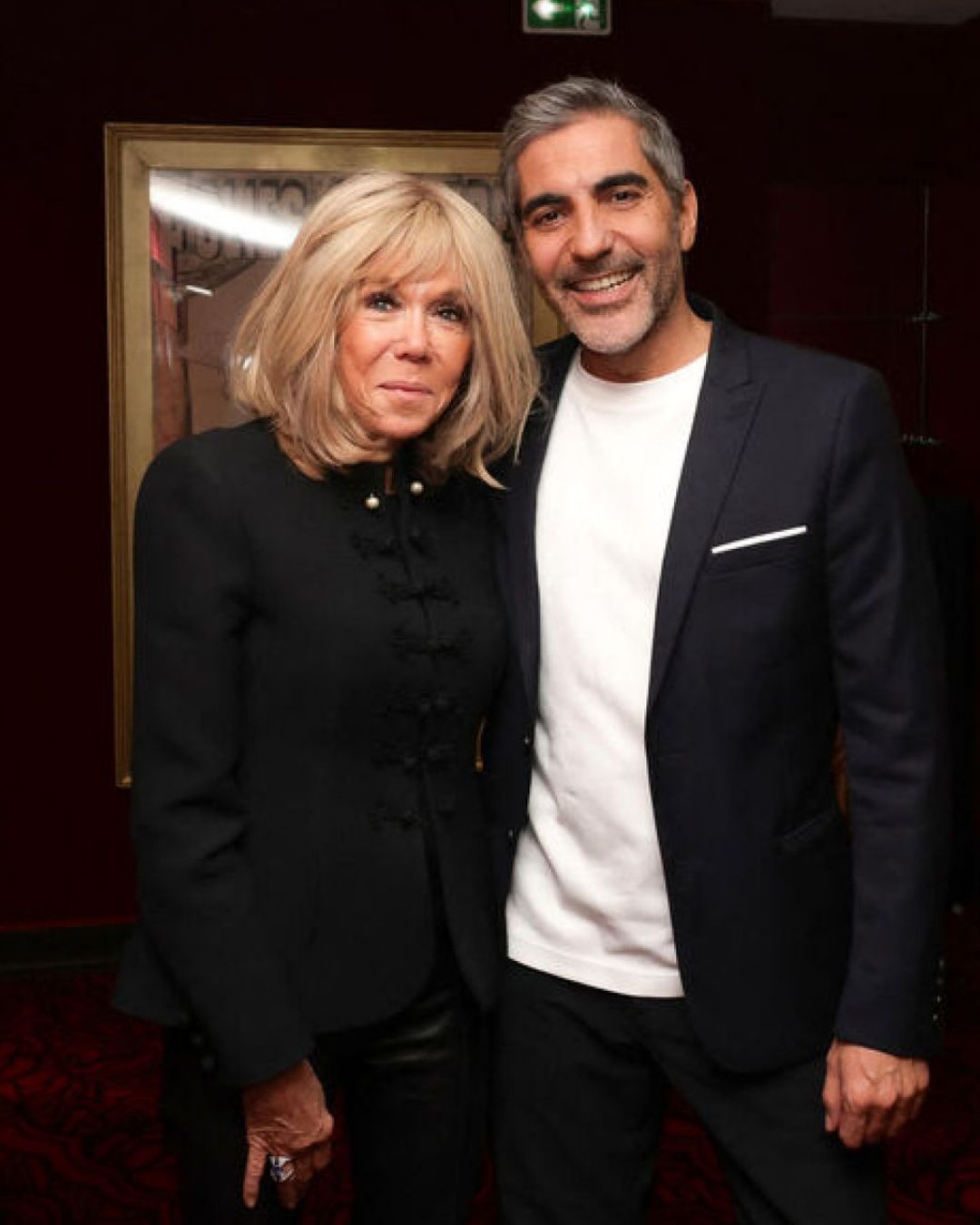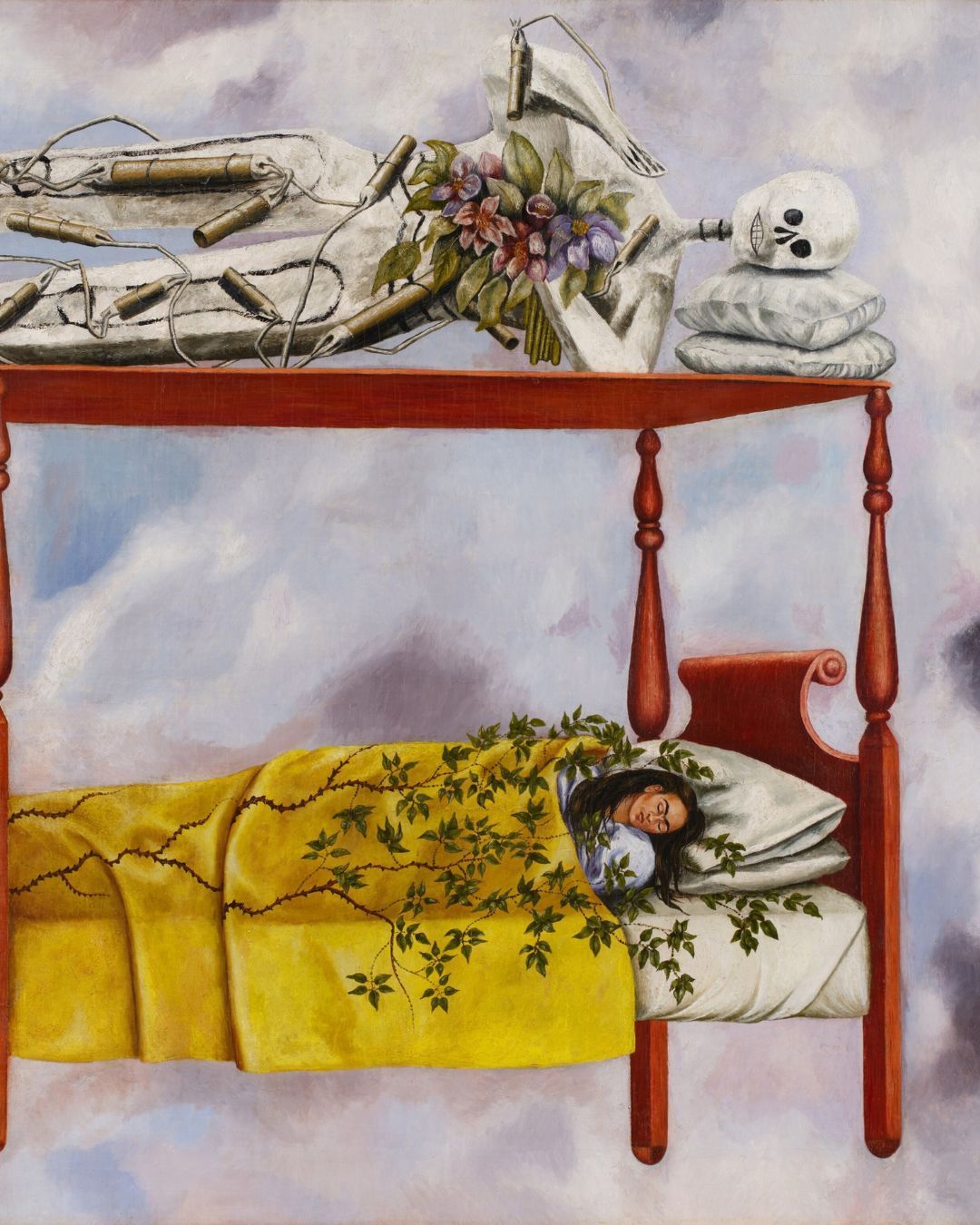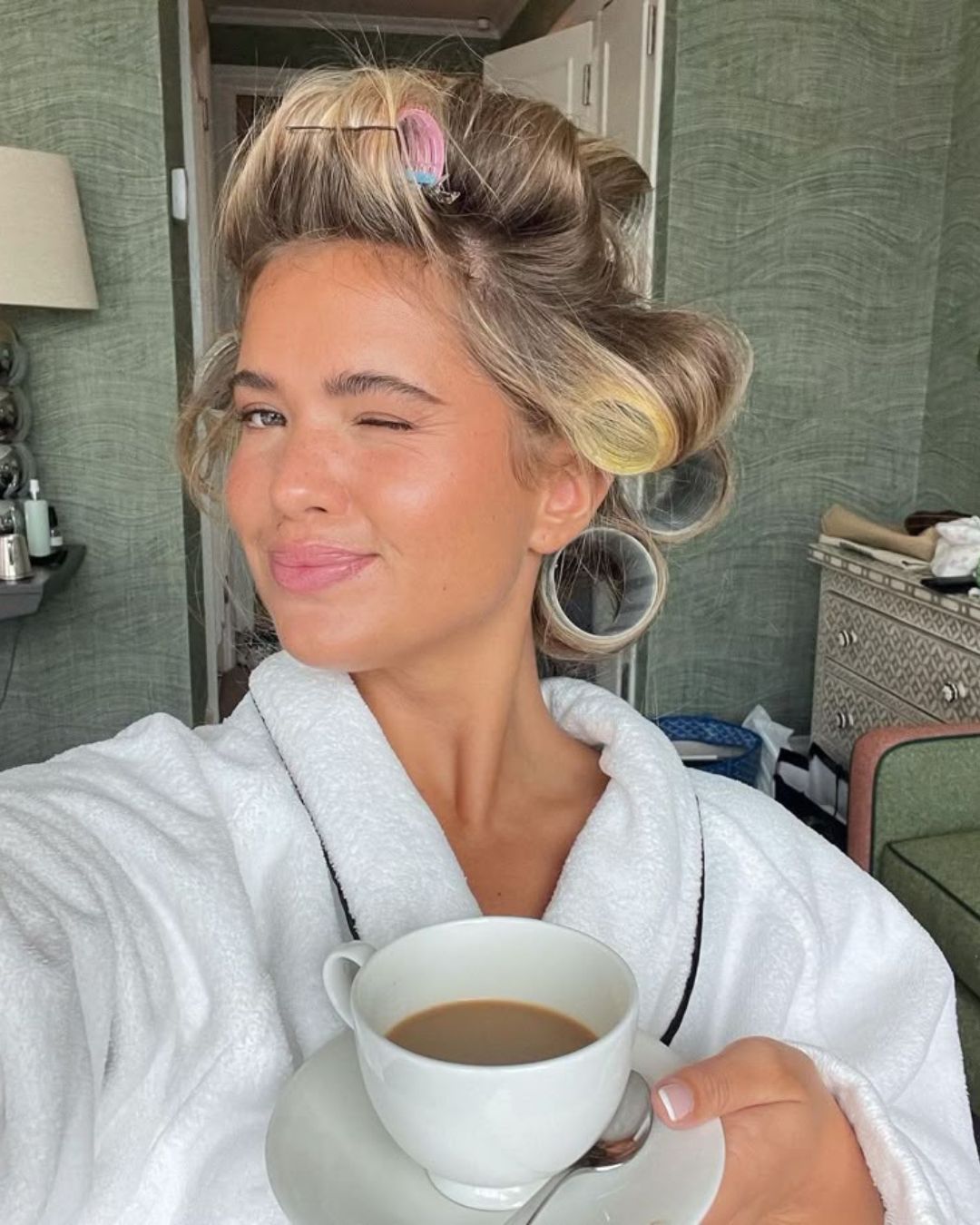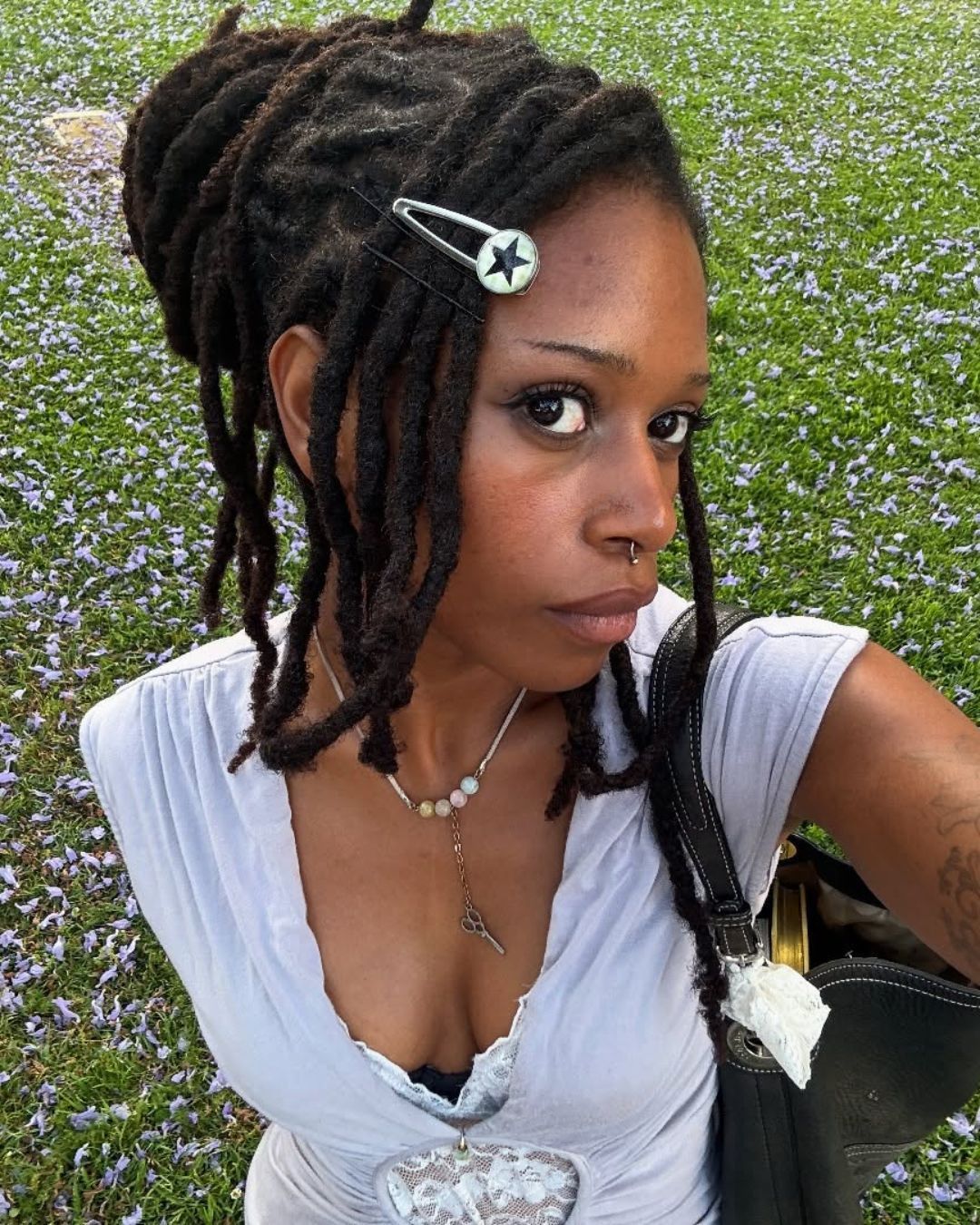
Why are we obsessed with hair loss? On TikTok everyone is talking about it and hoarding ad hoc products and treatments
If there’s one thing TikTok excels at, it’s turning an insecurity into a viral trend. In recent years, a new obsession has taken hold among young women: the fear of going bald. This isn’t just about seasonal shedding or the normal hair renewal process—many girls, often without clinical evidence, are convinced they are experiencing early and irreversible hair thinning. They wake up to find a few hairs on their pillow or notice more strands washing away in the shower, triggering immediate panic. Armed with every possible hair growth oil, cream, mask, or treatment, they wage war against their biggest enemies: a widening center part, unflattering lighting, or an improperly conducted pull test. The issue is further amplified by an equally obsessed scalp-checking community, portable microscope examinations, and a booming haircare industry profiting from panic-driven purchases. But what’s really going on? Is this an actual alopecia epidemic or just a media-fueled phenomenon, driven by body hyper-awareness and aggressive marketing?
The Influence of Social Media and the TikTok Effect
With its highly personalized algorithm and fast-spreading viral trends, TikTok has turned scalp health into a new focal point of aesthetic anxiety. Videos showcasing thin ponytails, DIY pull tests, and discussions on hair supplements and anti-hair loss treatments have skyrocketed in popularity. However, many of these videos are actually marketing tactics designed to drive sales, often created by self-proclaimed experts with no scientific backing. This can mislead viewers into buying unnecessary products, further fueling their anxiety. One major issue is the lack of scientific filtering in viral content. While a dermatologist can accurately diagnose alopecia, on TikTok, a single bad camera angle can convince thousands of young women they are experiencing significant hair loss. The amplification effect is massive: hashtags like #hairloss and #scalpcheck accumulate millions of views, reinforcing the paranoia. While some cases of hair thinning might be due to conditions like telogen effluvium or iron deficiency, most TikTok users are merely experiencing normal hair shedding or breakage. For others, this may be a case of body hyper-awareness—constantly checking one’s scalp under intense lighting can make hair appear thinner than it actually is. Additionally, personal stories of hair loss shared by influencers create a domino effect, leading many to believe they are suffering from the same issue.
The Boom in the Hair Care Market
The increasing focus on hair health has led to an explosion in the hair loss and thinning solutions market. The global hair care industry was valued at $107.21 billion in 2024 and is projected to reach $112.06 billion in 2025, continuing its rapid expansion. The fastest-growing segments? Strengthening shampoos, biotin supplements, hair growth serums, and minoxidil treatments. Beauty brands and pharmaceutical companies have seized the opportunity, launching new hair loss solutions heavily promoted through targeted social media ads. It’s no coincidence that right after a TikTok video of a girl panicking about her thinning hair, an ad appears for "miracle" hair growth serums and masks. But the obsession doesn’t stop at hair length—scalp care has become the real star of this trend. Scalp scrubs, massagers, detox tonics, rosemary oil, and caffeine serums are now considered essential beauty must-haves for stimulating hair growth and achieving thicker hair. The problem? Many of these products are being used without real necessity, creating a vicious cycle where the more people try to “fix” a nonexistent issue, the more they risk damaging their hair.
The Real Causes of Hair Loss
On average, we lose around 100 hairs per day, and this is perfectly normal. Hair follows a cycle of growth (anagen), transition (catagen), and shedding (telogen). During the telogen phase, older hairs naturally fall out, making room for new ones in a continuous renewal loop. However, hair loss can have multiple causes, from genetic predisposition to the normal aging process, from lifestyle to the use of certain medications to stress, and not all of them indicate a worrisome condition. Some of the most common factors include:
- Genetics: According to Harvard Health, around one-third of women will experience some form of alopecia in their lifetime, with the number rising to two-thirds after menopause.
- Diet and nutritional deficiencies: Low levels of iron, vitamin D, biotin, or protein can impact hair health.
- Hormonal changes: Birth control, pregnancy, postpartum, and hormonal imbalances can affect hair density.
- Stress and anxiety: Chronic stress increases cortisol levels, which disrupts follicular health, leading to weaker, more fragile hair. High stress levels can even cause telogen effluvium, a temporary hair shedding condition that usually resolves on its own.
- Excessive heat styling and chemical treatments: Frequent use of flat irons, blow dryers, chemical treatments, and tight hairstyles can weaken hair strands, making them more prone to breakage.
Why are we obsessed with hair loss??
Hair has long been associated with femininity, fertility, youth, and beauty. Throughout history, thick, long hair has symbolized attractiveness and vitality. In modern times, voluminous hair is often linked to seduction and desirability. While this emphasis has always existed, social media has magnified the pressure. Perfectly curated images of influencers with thick, shiny hair set unrealistic beauty standards, causing many young women to perceive flaws that don’t actually exist. This has fueled an almost obsessive focus on strands, roots, and scalp health. From high-tech hair brushes to complex multi-step routines, the pursuit of the perfect hairline has become relentless. But what happens when all these efforts don’t yield the desired results? Or worse—when an actual medical condition is at play? The fear of hair loss is not just an aesthetic concern, but a deeply rooted psychological issue tied to self-identity and perceived societal value. In an era where appearance is more scrutinized than ever, the pressure to conform to beauty ideals can be overwhelming.
While hair loss is a real issue for many, online communities can provide support and reduce the stigma around female baldness. However, the widespread alarmism on TikTok and other social media platforms is causing many young women to worry excessively about a natural, often temporary process. It’s crucial to promote scientific awareness and remind people that diagnosing hair loss should always be left to medical professionals. At the same time, we must reflect on how social media influences our self-perception and self-esteem, playing on our insecurities and convincing us that we suffer from nonexistent health problems.








